Strategic Exotropia
Time is so elusive; recognizable only in the contours of changes in space. Time presents a boundary of cognition at which we dream to graze. We would like to get a better look at it, only it seems that for the time being, Time has its eye on us, rather than the other way around. The task then is to invert this relationship and I’ve found that optical illusions and other gestalt games offer a convenient way to do that. The random-dot autostereogram (commonly known from the Magic Eye series of books) is one that I’ve explored occasionally. And so I set out to produce some for this publication.
While experimenting with generating autostereograms, I came across some research into using machine learning for estimating depth in photos. Some of the models from this research are open source and I found a python notebook to input an image and output its estimated depth map: a 2D image that represents the depth of a 3D scene by mapping a gradient over the picture plane from black (furthest) to white (closest). To create an autostereogram, the depth map is interpreted as a dataset which displaces some pixels of the horizontal random-dot tiles.

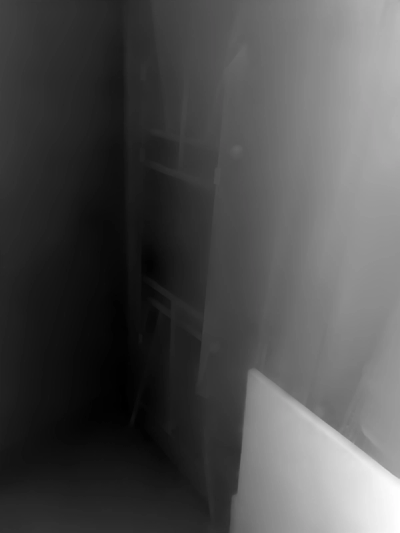
In the hands of a user, the random-dot autostereogram is an interface for the reconstruction of a 3D scene from a displacement of 2D space. To reconstruct the scene, the user must optically overlap the neighboring horizontal tiles so that their relative displacement suggests 3-dimensionality. To do this, the user relaxes their eyes from a normal object focus into a wall-eyed (exotropic) pose, effectively focusing past the picture plane, angling the eyes out wider than they would for focusing on the picture before them. When assuming this optical pose, the user experiences the horizontal tiles overlapping and the displacement from the depth map is visually reconstructed as a perceived 3-dimensional scene. To achieve this unconventional focus, the user must surrender the object focus indicated by countless generations of development of human visual acuity.
What’s revealed here is the perceptual mechanism by which our everyday binocular illusion of 3-dimensional visual experience is precipitated from the two monocular, depthless human eyes. Our 3rd dimension is just an expression of difference between two 2-dimensional impressions. This is a glimpse of the process by which magnitudes of spatial dimensionality are cognitively traversed. And by which we physically overcome the narrow tunnels of our perceptual and conceptual filters. The user experiences this activity to be frustrating, then unsettling, and finally ecstatic, “I see it!”.
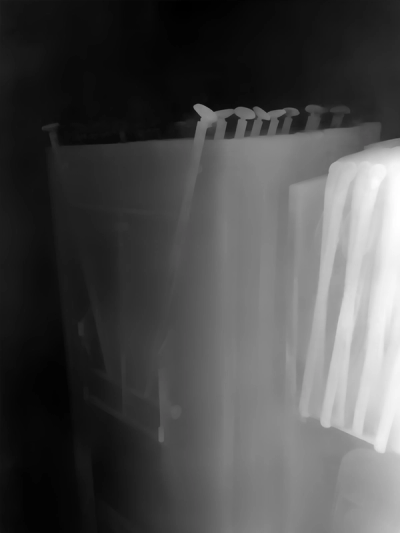
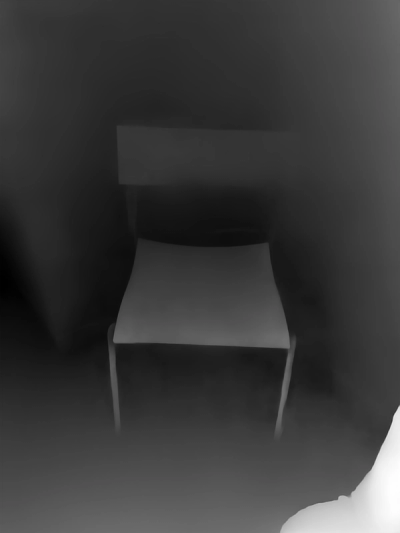
What force suspends the user's relaxation of their object focus? What provoked the development of visual acuity in the first place? Natural selection tells us a story of shaping the sensory systems by threat of death. Over countless generations we’ve manifested visual systems for identifying predators and prey. Narrow abstractions of reality have made us into more agile agents and the threat of their failure is conceptualized as fear.
Optical devices like the autostereogram and others (Ruben vase, Necker cube, etc) are fitting demonstrations of a gesture of surrender that carries us to eclipse the limit of cognition where it becomes possible to dissolve abstractions and recline into some Real. To overcome that fear that motivates our hyper-conceptualization of experience we have to sacrifice ourselves to the unfathomable with total surrender; to become prey absolutely and without fear.
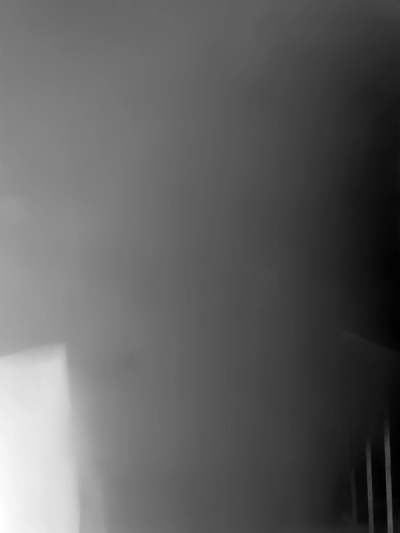
In Christian theology, the "Lamb of God" is invoked to represent this brave surrender to the absolute. The Bible tells that John the Baptist gave this name to Jesus when he saw him crucified. With this acknowledgement, John conjures the paradox of Christ's sacrifice: to be born by dying, to conquer through surrender, to be prey without fear. Christ's crucifixion is thereby characteristic of the process by which one relaxes into the unformed; obliterating the abstraction of experience by becoming unafraid of the unformed that underlies it.
The "Lamb of God" is a motif that repeats throughout art history in works of devotional painting and sculpture. Of these, the paintings by Francisco de Zurbarán titled "Agnus Dei" (Latin for Lamb of God) stand out to me. He produced a number of variations on the subject in the years 1635-40, and they are now found in many collections, with the most exemplary in the Museo del Prado. Zurbarán’s lamb is solitary, centered, and close to the picture plane. Together with atmospheric lighting and a shallow stage, the lamb is given an intimate setting to share with the viewer. Unlike other artists of the motif, the lamb is presented in a calm and naturalistic posture, and free of any heavenly accessories. We are compelled to sympathize with the lamb, not in the sense of pity, but mimesis. The Lamb of God becomes a mirror to dance to; a surrender to surrender to.
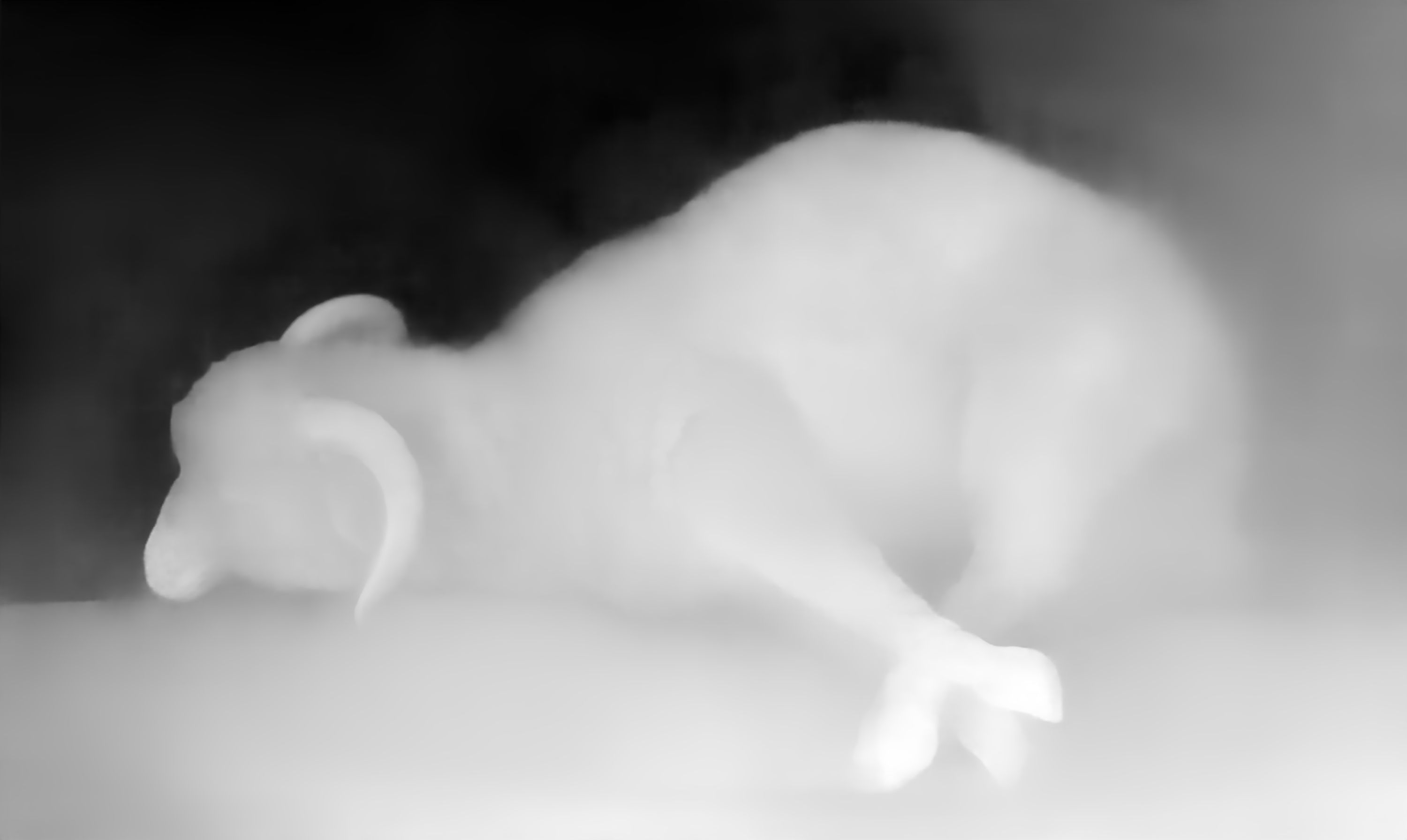

The relaxing of focus mentioned above is what has motivated me in my work to direct an audience attention to elements of exhibition spaces that otherwise go unframed. I believe that by dissolving the conventional framing of experience, we can mobilize the gesture of surrender that leads us to the unstable unformed. I’m curious how a similar gesture of surrender may propel us from the spatial experience in which we insist, to a 4-dimensional experience of spaces in change. Is it possible to practice the surrender that moves us from 2 to 3 dimensions, to move us from 3 to 4? And once we have the focus of 4 dimensions, can we then promote ourselves into a focus that reveals a 5th dimension of parallel timelines? There, where the possibility of our experience is multiplicitous. Or could we even invert this procession and find ourselves in a 0 dimension of total focuslessness, absolutely open, like the lamb, bound at the hands and feet, prostrate, without fear?
[For the exhibition Time, please at Kunstraum Riehen]